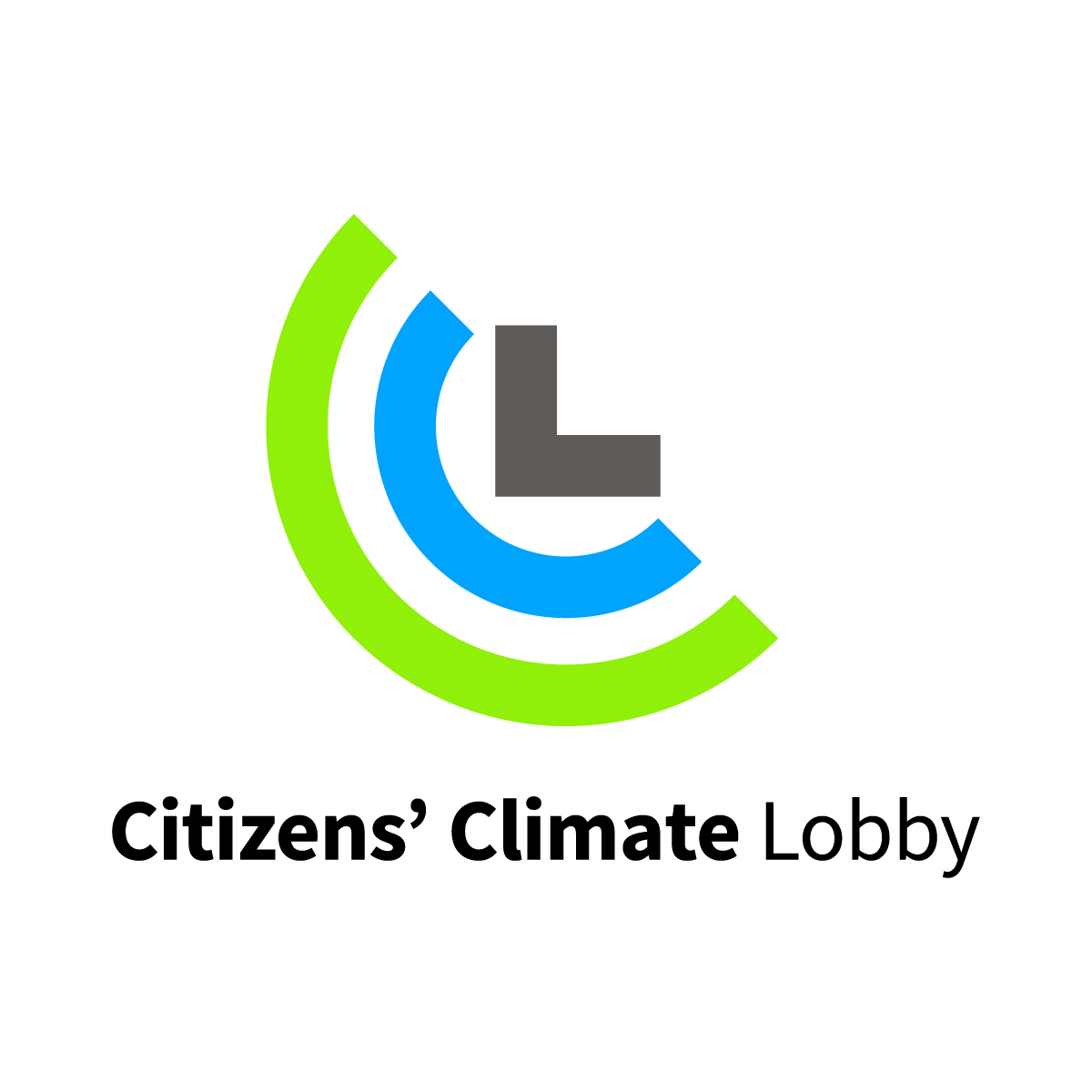An opinion in the San Francisco Chronicle by Ray Welch of the Marin Chapter of Citizens’ Climate Lobby:
How Newsom’s $400 California gas rebate idea can be scaled up to fight climate change
Gov. Gavin Newsom’s recent proposal to give every California car owner $400 to offset the war-induced spike in gasoline prices is a compelling idea. High fuel costs have delivered a hard kick to millions of people already hurting from inflation caused by supply chain problems from the pandemic.
A rebate is better than a gas tax holiday — proposed in many other states — because it preserves the funding source for the public good of road maintenance, which is vital to the economy. (Newsom has proposed a delay in a scheduled inflation hike, which is a reasonable concession.) Importantly, a rebate lets people spend the money however it benefits them most. Perhaps they’re able to drive less and can use the difference to pay for other necessities that are also going up in cost because of spiking fuel prices.
For that reason, it would be more equitable if the rebate included people who don’t own cars. Many of them are in lower income brackets, and they deserve relief from fuel-caused price hikes, too.
Generally speaking, however, a rebate is the right approach.
But what if Newsom’s one-time idea could be applied long-term, at the national level, and could also be used to reduce our exposure to fossil fuel price volatility while also fighting climate change?
It can — under a proposed program called “carbon fee and dividend,” sometimes known as “carbon cash-back.” And this self-funded program could be enacted either by legislation such as HR2307, the Energy Innovation and Carbon Dividend Act (now pending in Congress) or by including a version of it in a budget reconciliation bill.
Carbon fee and dividend has two simple parts. First, fossil fuel companies pay an annually escalating fee on the carbon content of the oil, natural gas and coal they extract or import. Second, the revenue from this fee is divided into equal shares and rebated by check or direct deposit, each month, to everyone in the U.S. with a valid Social Security or federal tax number.
Most consumers would receive more money from the rebate (dividend) than they’d spend in any fee costs that the fossil fuel companies pass along. According to a 2017 Treasury Department analysis, nearly 70% of income earners would be net gainers. That’s because low- and moderate-income households travel less, have smaller dwellings and fewer vehicles, and buy fewer carbon-intensive goods than high-income households.
The higher 30% of income earners, meanwhile, whose carbon footprint is typically larger, would see minimal cost increases of 0.3% to 1% of income.
As in Newsom’s rebate program, people could use their carbon cash-back dividend however is best for them.
How would the program decrease oil dependence and carbon emissions?
Most powerfully, it would encourage businesses to innovate to squeeze carbon-laden fossil fuels out of their processes and supply chains in order to remain cost-competitive with low-carbon alternatives. A price on carbon would unleash a flood of capital from private investors who see money to be made in clean energy and related technologies. Carbon emissions would also decline because individuals, regardless of income, could proactively reduce their own carbon footprint just by value shopping. Over time, low-carbon alternatives would become the less expensive choice, all else being equal.
Economists at Resources for the Future determined that HR2307, by itself, could achieve President Biden’s 2030 goal of slashing carbon emissions in half (relative to the 2005 level of 6 billion tons). More than 3,600 economists call fee-and-dividend “the most cost-effective lever to reduce carbon emissions at the scale and speed that is necessary.” The renowned climate scientist James Hansen says it would be “the most effective and direct underlying force for a global climate solution.”
It’s also broadly politically palatable. Who doesn’t want a regular check in the mail?
Canada provides a real-world example. It implemented a rising federal carbon tax in 2019. Because Canada rebates the revenue to households, support for carbon pricing remains high. Prime Minister Justin Trudeau recently said that world leaders have been “very interested in the fact that not only had I brought in a carbon tax … but I won elections (in 2019 and 2021) with that at the heart of our campaign.”
Unlike other climate proposals, fee-and-dividend reaches all areas of the economy at once. It can be up and running within a year — unlike complex regulations, which take years to develop and are then subject to legal challenge and future revision. As the recent collapse of the Conger Ice Shelf in Antarctica shows, we need a lasting, economy-wide climate solution as quickly as possible.
As the carbon fee reduced industrial and other fossil fuel usage, it would also serve the urgent demands of environmental justice by reducing local pollution. That’s a big reason Rep. Pramila Jayapal (D-Wash.), chair of the Congressional Progressive Caucus, is among the 96 co-sponsors of HR2307.
Gov. Newsom’s proposed $400 rebate can offer many Californians short-term financial relief. But the idea can be applied even more effectively long-term at the national level. A carbon fee and dividend can not only put money in the pockets of lower-income Americans, it can end our fossil fuel dependence. House Speaker Nancy Pelosi should follow the lead of 26 other California members of the House who cosponsor HR2307 and work to make it the law. It’s the fastest, most direct, effective and lasting way to mitigate price spikes and climate change.
Ray Welch has 35 years of experience in the energy industry and is a member of Citizens’ Climate Lobby.
Ray Welch, San Rafael
